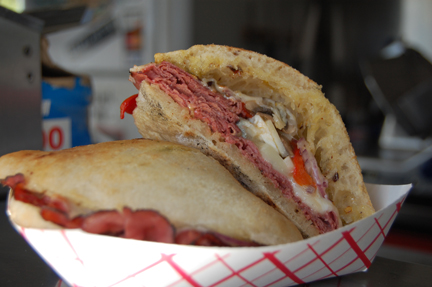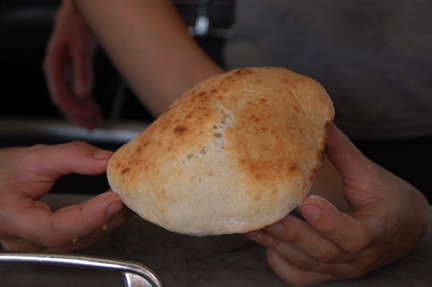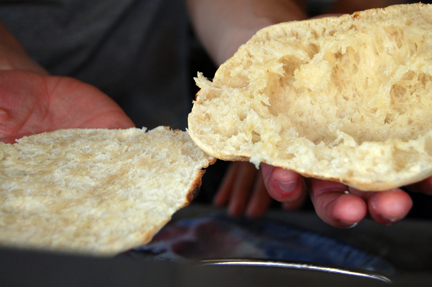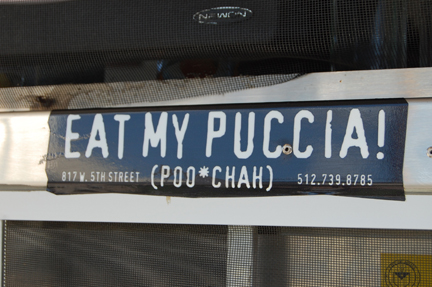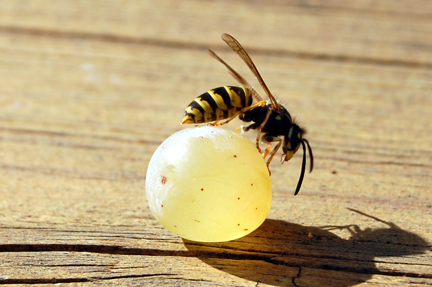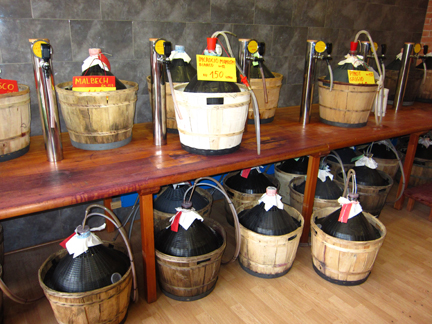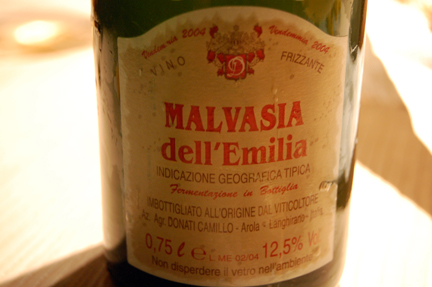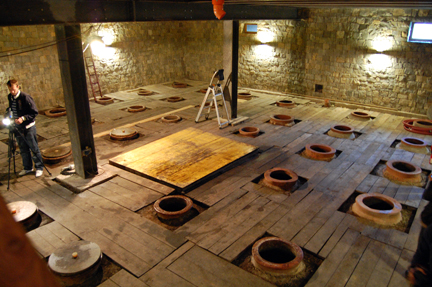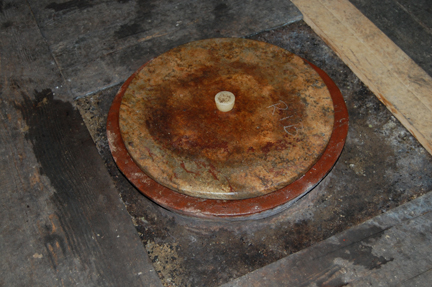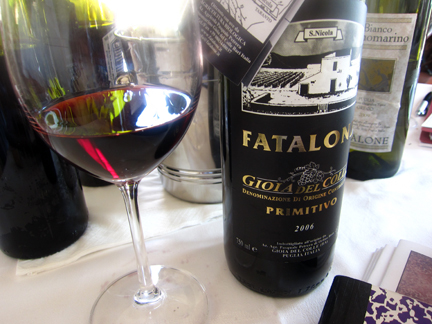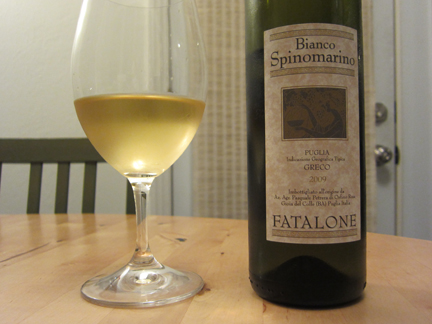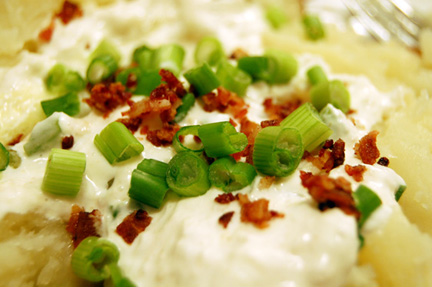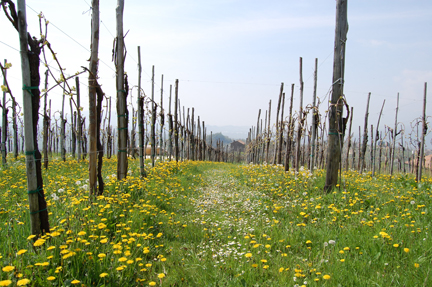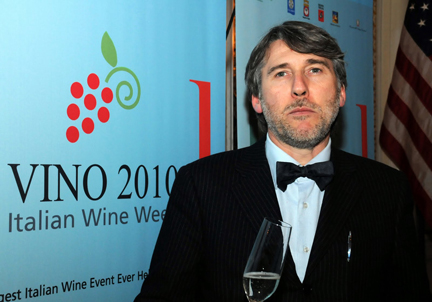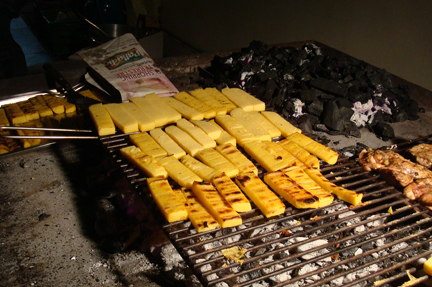
Tracie P and I celebrated our second wedding anniversary on Friday night with one of the most stunning bottles we have ever shared together: 1979 Vino Rosso dai Vigneti di Brunello by the Tenuta Il Poggione (our anniversary is actually today but we celebrated on Friday because Rev. and Mrs. B were in town and we had our first date night out since Georgia P was born!).
The bottle was given to me by my friends Fabrizio and Alessandro Bindocci at the winery back in October when I visited with them (I had it shipped from Siena, fearing that such a delicate bottle would not withstand travels in the trunk of my rental car and in the cargo of a commercial airliner). It had been cellared there since bottling and it had not been recorked or topped off. The shoulder was impressively high for a bottle this old.

Until 1982 when the DOC for Rosso di Montalcino was created (see Alessandro’s post here), the rosso was a vino da tavola labeled as Vino Rosso dai Vigneti di Brunello (Red Wine from Brunello Vineyards). Note the alcohol content (13.5%) and note the bottle format (720ml).
Usually when you open a bottle of wine this old (and especially in the case of a wine originally intended to be drunk in its youth), you expect it to deliver one last gasp of life: you pull the cork and pour it into your glass and you enjoy it immediately, as its vibrancy quickly fades.
Not knowing what to expect (in part because Bindocci father and son had told me that it could be past its prime), Tracie P and I were BLOWN away by its bright acidity and fruit. And as we tasted it over the course of an hour and a half, it just continued to reveal layer upon layer of ripe red and berry fruit. It paired exquisitely with a black and blue New York sirloin. I had brought the bottle to the restaurant (Trio in Austin) three days prior and it had been stored upright. I asked our sommelier Coalminer Mark not to decant it and we opened it just a few moments before our main course arrived. I’m sure it could have kept its life for many more hours had we not slurped it down!
An truly unique and special bottle of wine for a magical moment in our lives: (not so) Little Georgia P was seven weeks old yesterday. We love her so much!
Thanks again, Fabrizio and Alessandro, for sharing this experience with us — from Montalcino to Austin… BRILLIANT!




